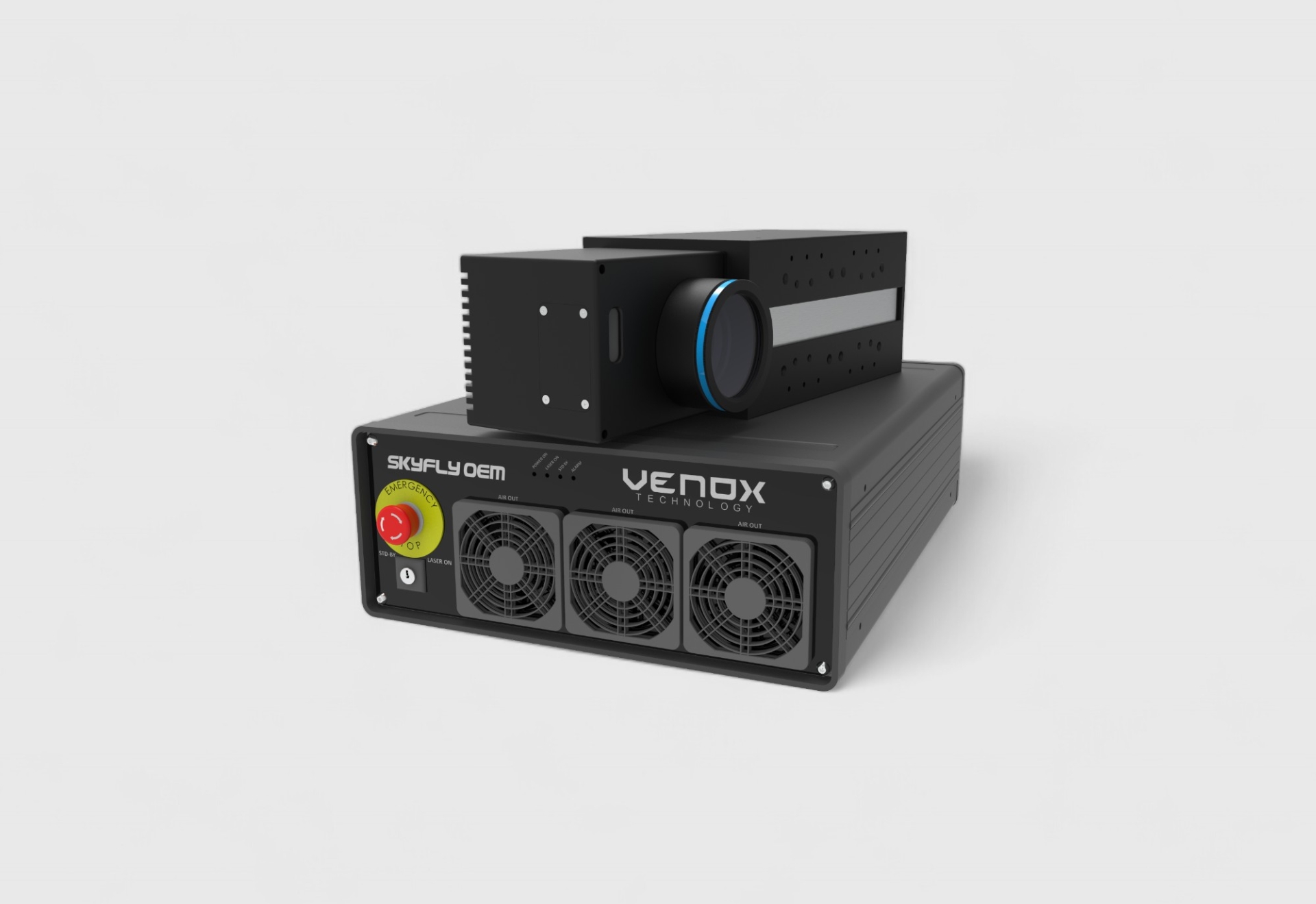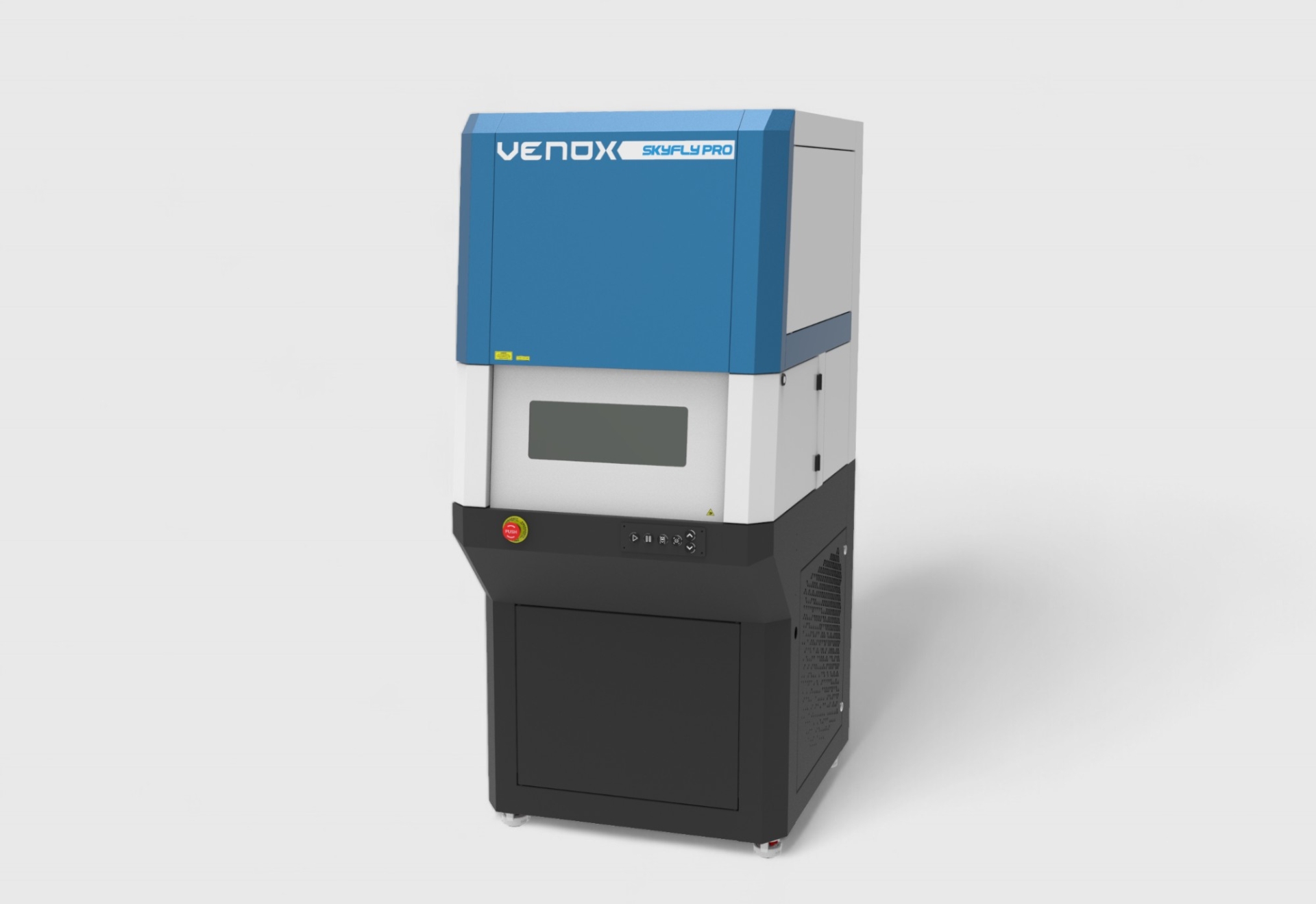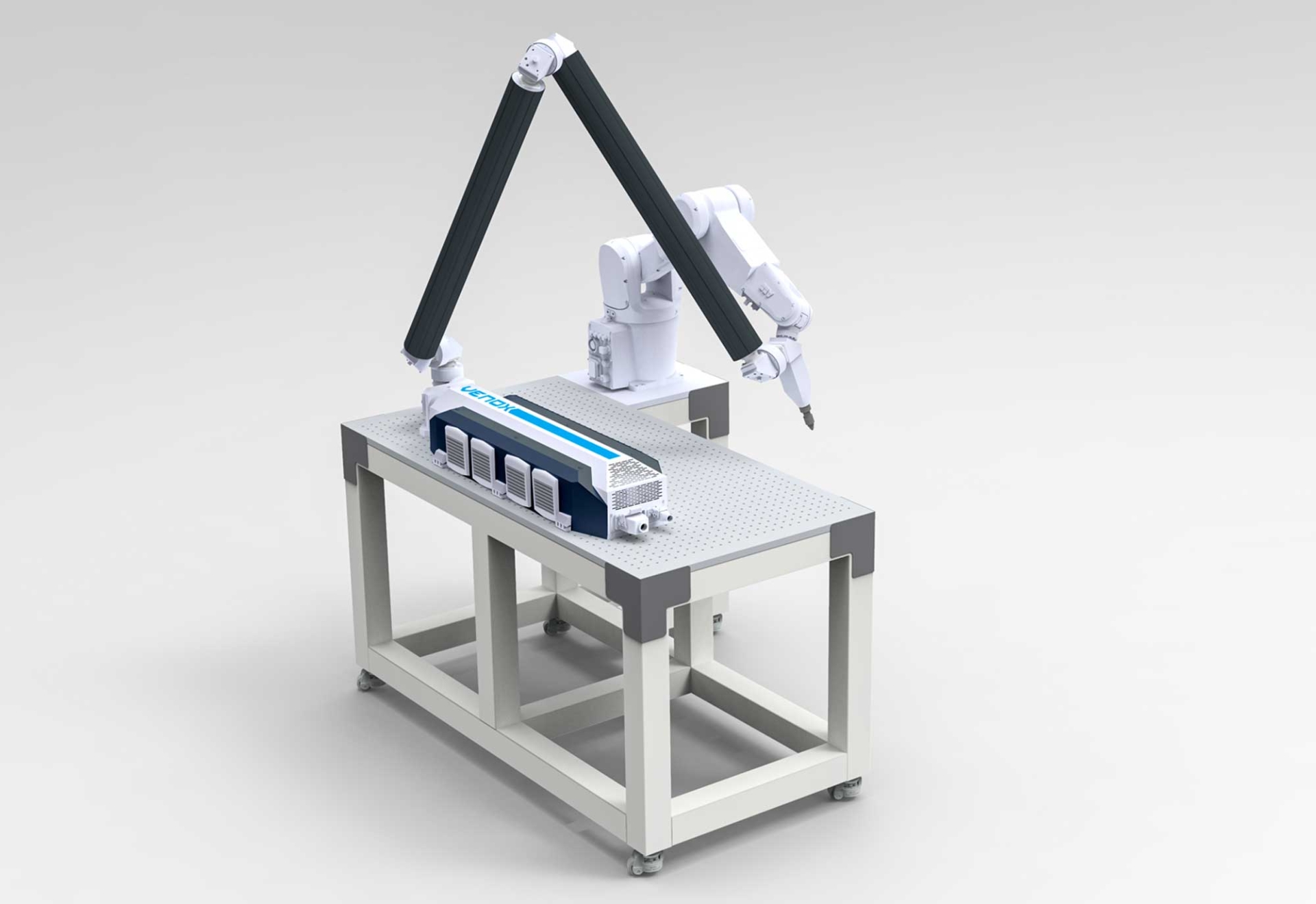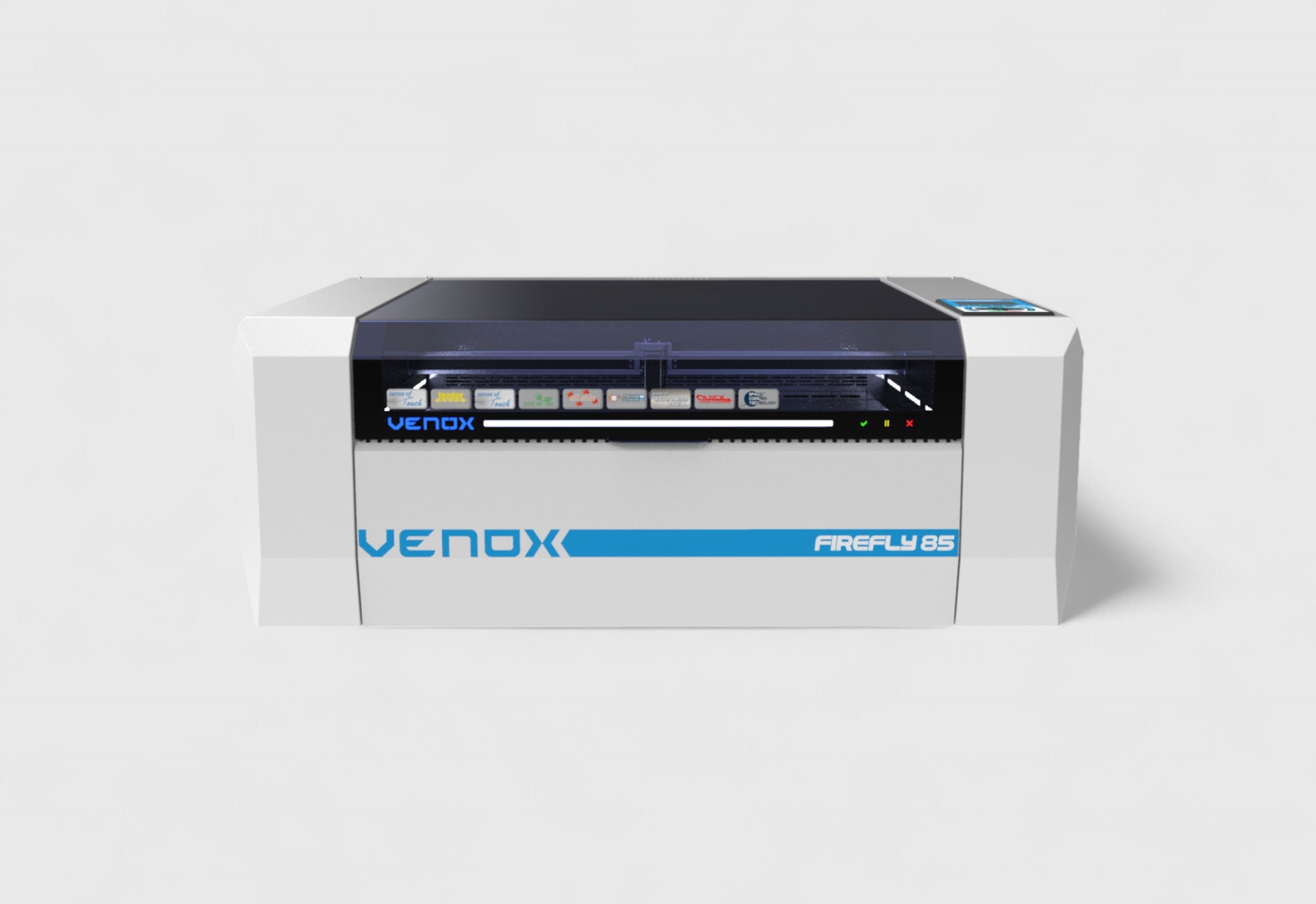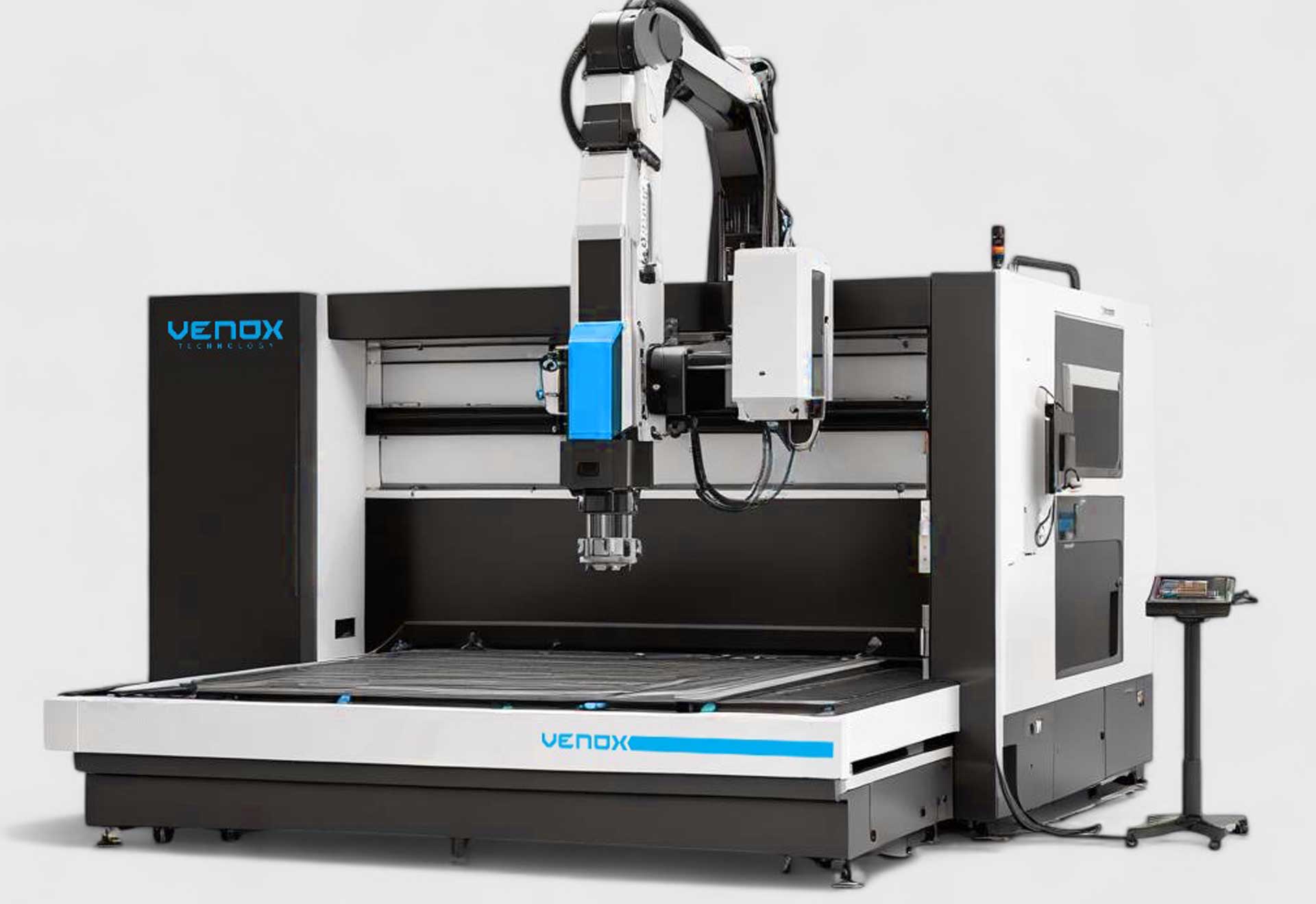Why Is Cable Marking Necessary?
Cables have become not only a means of transmission in today's industrial systems, but also a component of identification and tracking. Proper labeling of cables used in areas such as electrical installations, automotive systems, defense industry, railway systems, aviation, medical devices, and data centers is of great importance in terms of both safety and operational efficiency.
Incorrect cable connections, production errors, confusion during maintenance, or documentation deficiencies can lead to serious work accidents, fire risks, or system failures. At this point, permanent, readable, and durable cable marking solutions come into play.
Traditional printing or labeling methods may fade, peel off, or get damaged under environmental conditions over time. This threatens the reliability of systems. Laser marking technology offers a contactless, permanent, and high-precision alternative against these issues.
Advantages of Laser Marking on Cables
Laser marking technology offers many important advantages to both manufacturers and end users in cable production and applications. Here are the main benefits that make this method stand out:
1. Permanent and Abrasion-Resistant Marking
Laser markings are applied directly to the cable surface without using ink, labels, or paint. As a result, they do not fade, peel, or get affected by external factors. This is ideal especially for cables exposed to outdoor conditions, UV rays, or friction.
2. Chemical and Thermal Resistance
Laser markings show high resistance to solvents, oil, water, temperature changes, and cleaning chemicals. This provides a significant advantage in industrial environments or harsh outdoor conditions.
3. Readability and Clarity
Markings created at the micron level offer high-contrast, clear, and readable characters. Data such as barcodes and QR codes can be easily recognized by both humans and machines.
4. Fast and Contactless Production
The laser process involves no physical contact and is very fast. This increases efficiency, especially on high-speed cable production lines.
5. Eco-Friendly Technology Without Waste
No consumables such as ink, solvent, or labels are needed. This both reduces costs and minimizes environmental impact.
6. Can Be Integrated with Automation
Laser systems can be easily integrated into production lines and work in synchronization with ERP/MES systems to provide real-time data transfer and production control.
Which Cable Types Are Suitable for Laser Marking?
Laser marking technology is a flexible solution that can be successfully applied to various types of cables used in different industries. Here are the main cable types where laser marking is commonly used:
- PVC Insulated Cables
- Teflon (PTFE) Coated Cables
- Silicone Insulated Cables
- Halogen-Free Flame Retardant (LSZH) Cables
- Outer Jackets of Fiber Optic Cables
- Coaxial and Power Cables
Types of Information That Can Be Laser Marked
Laser marking carries vital data that directly reflects the identity, production process, and usage conditions of the product. Types of information that can be marked:
- Serial Number and Product ID
- Length Information (Length Marking)
- Production Date and Batch/Lot Code
- Brand and Logo
- Warning and Usage Instructions
- Barcode, QR Code, and DataMatrix (DMC)
Industrial Application Areas
Laser cable marking provides great convenience not only during the production phase but also in the final usage environment. The main industries where it is used include:
- Automotive Industry
- Industrial Automation and Machinery Manufacturing
- Aerospace Industry
- Railway Systems and Infrastructure Projects
- Medical Devices and Laboratory Systems
- Energy and Electrical Distribution Systems
- Data Centers and Telecommunications
Types of Lasers Used and Their Compatibility
Laser type selection depends on factors such as cable material, color, diameter, and production speed. Proper laser selection directly affects marking quality and product lifespan.
CO₂ Lasers (Carbon Dioxide Lasers)
- Wavelength: 10.6 μm
- Application: PVC, polyethylene, silicone, halogen-free cables
- Advantage: High contrast, fast processing, large surface area
- Usage: Power cables, telecom lines, industrial cables
Fiber Lasers
- Wavelength: 1064 nm
- Application: UV-resistant plastics, colored insulation, metal sheaths
- Advantage: Deep engraving, small characters
- Usage: Automotive, railway systems, industrial automation
- Note: Provides high contrast on dark-colored cables
UV Lasers
- Wavelength: 355 nm
- Application: Teflon (PTFE), silicone, thin cables
- Advantage: Cold marking without damaging the surface
- Usage: Aerospace, medical, defense industry
- Note: Minimal thermal effect; ideal for delicate materials
Laser Marking Solutions with Venox Teknoloji
As Venox Teknoloji, we offer laser solutions that provide high efficiency and quality for cable manufacturers and system integrators. We provide end-to-end support in custom system design for your production line, selection of the appropriate laser type, and integration processes.
Whether you have a high-speed production line or a business engaged in custom manufacturing, we develop scalable, reliable, and sustainable laser systems tailored to your needs.
Venox Laser Solutions:
Skyfly: With its compact design, it is suitable for desktop use. Offers high precision in small-scale production and sample processing.
Fiber Laser Systems: Suitable for inline integration. Capable of high-speed marking of variable content such as serial numbers, length, and production information.
Skyfly Pro: Offers a wide processing area. Provides high-resolution marking on cables of different lengths and materials.
Our goal at Venox:
Not just to leave information on cables, but to deliver solutions that leave a lasting mark.
